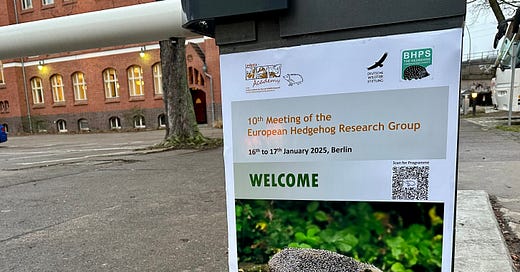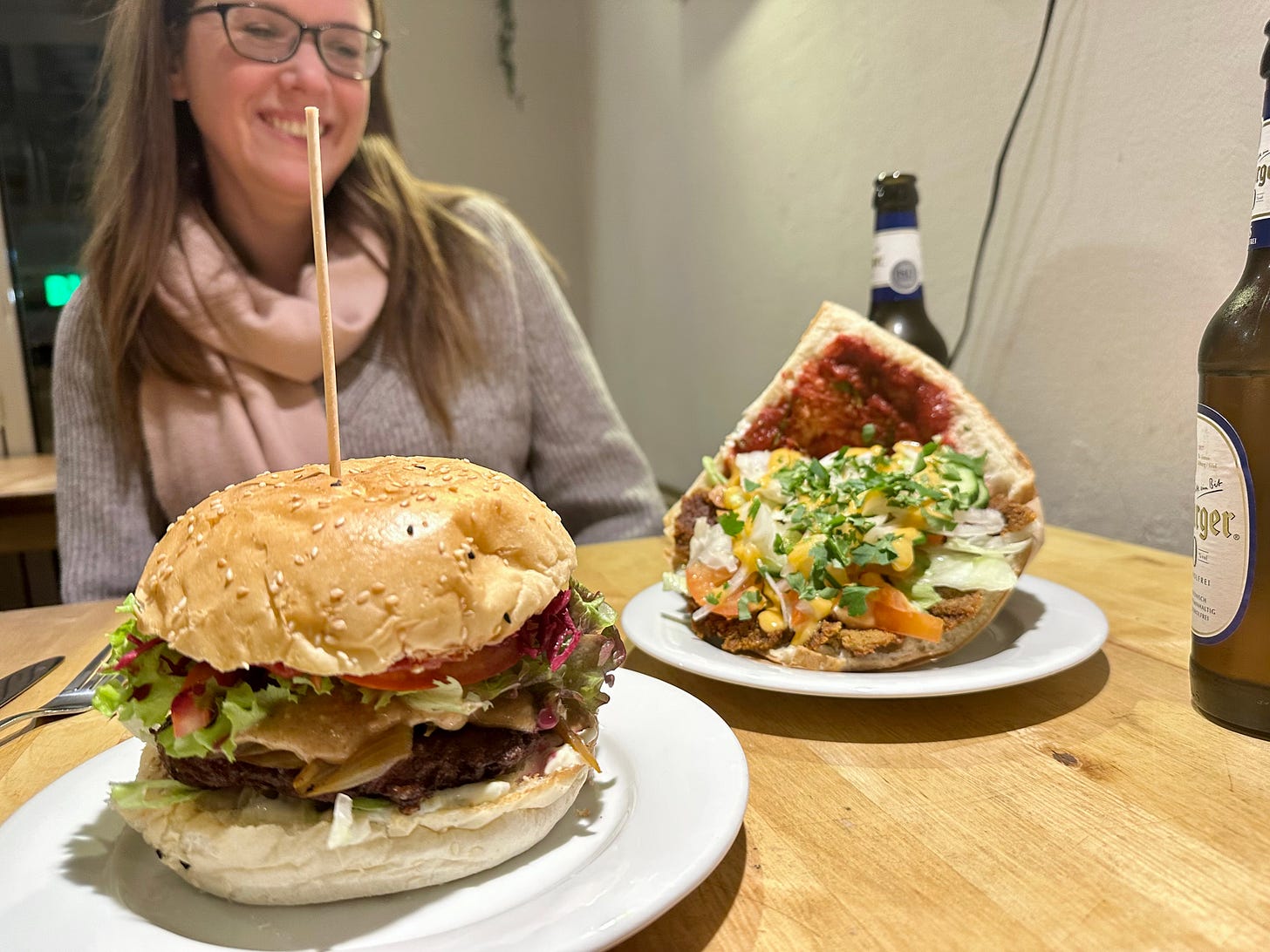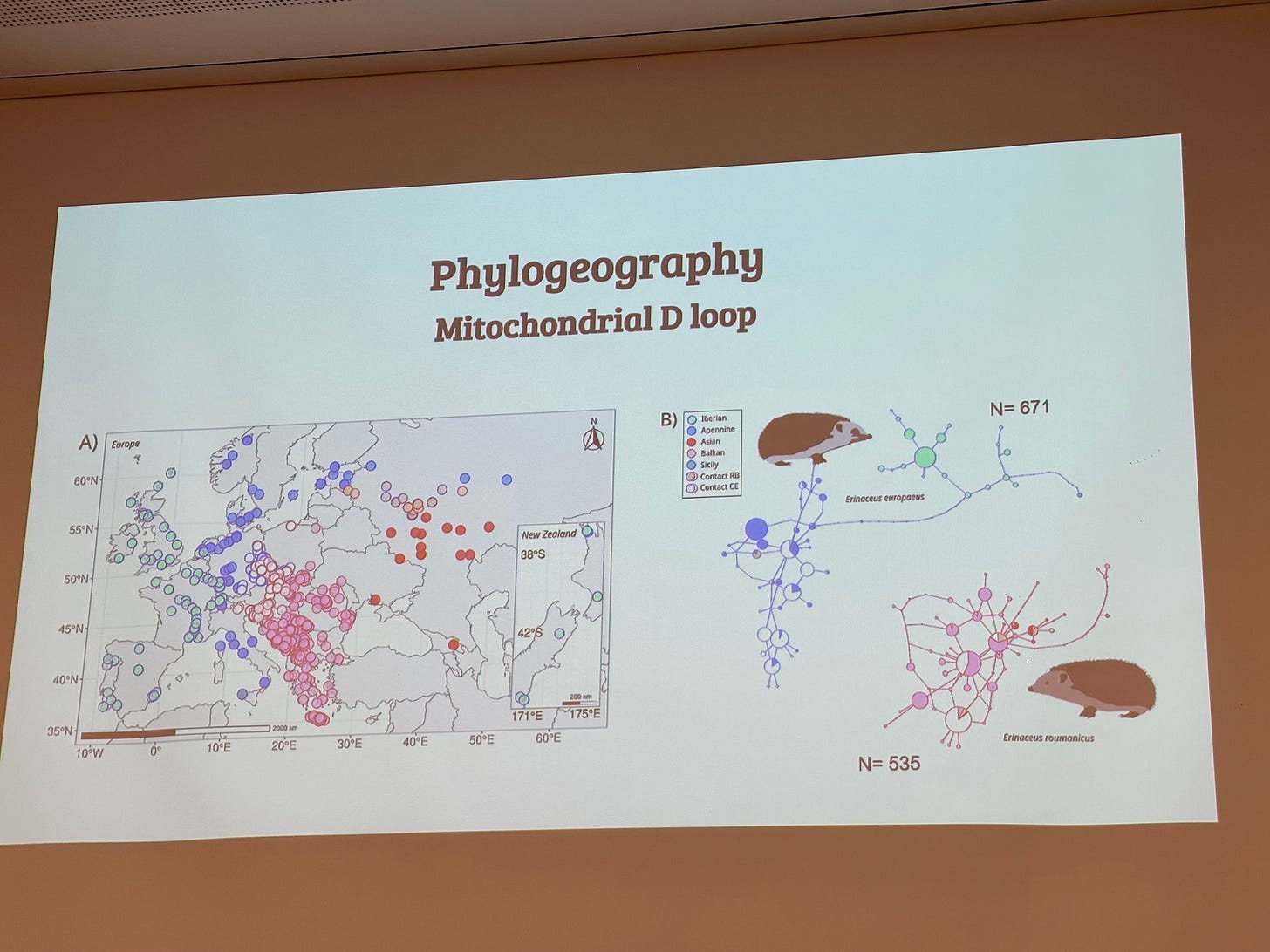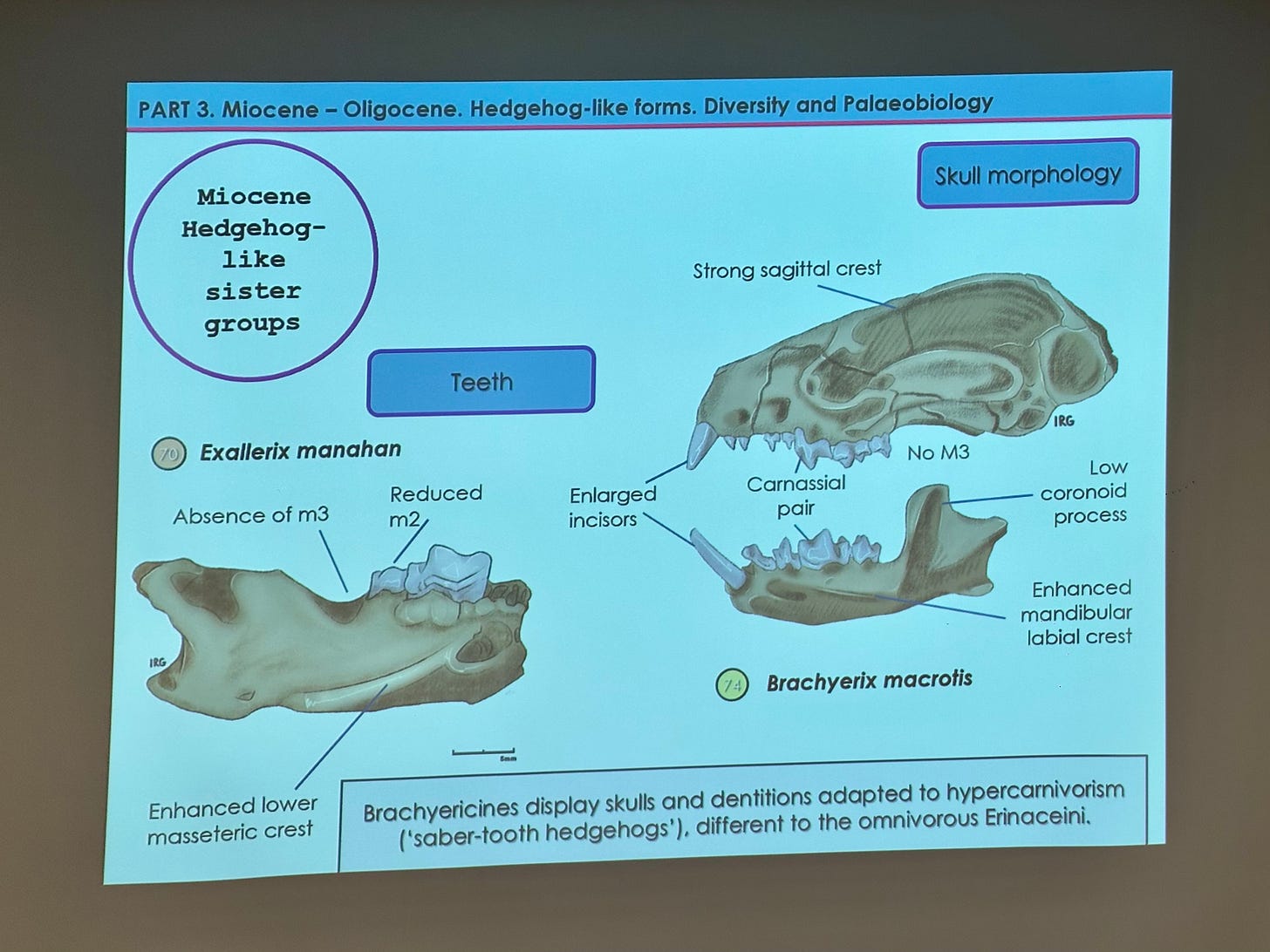January has been a very busy time for conferences! First up there was the Oxford Real Farming Conference - an amazing gathering of thousands of people who have a view that the world can be better! I have the job as photographer so get to see everything (and nothing!) - and also meet lots of lovely old friends and make new ones!
To business - on the 16th January, we had the European Hedgehog Research Group - the 10th meeting, taking place in Berlin. Two days, a hundred people and lots and lots of really interesting communication about the work that has been done to further our understanding of these prickly beasts.
I realised, as I was getting ready to go, that I have become such a hobbit!!! I rarely leave my home and go on big adventures … I spent a long time trying to work out an affordable (to me) train journey - but in the end it was the busy-ness in the run up to it and then the need to be able to get back in time for my step-father’s funeral that really pushed me towards a plane. Damn I feel guilty about flying … but it was very clear from my trip to Heathrow that most people there do not give the slightest of a damn!
My travel buddy was the wonderful researcher and lecturer and a true Dr of hedgehogs - Lucy Bearman-Brown. I have known Lucy for years - she organised the amazing hedgehog conference last year at Hartpury, with Sophie Lund Rasmussen and about which I wrote a few updates … here is the link to the first of them (I think there were four in total.)
As we got off the plane we bumped into two more hedgehoggers … and spent a good 45 minutes swearing about Brexit as we had to queue and watch the EU passport holders walk by … By chance Lucy and myself has hotels/hostels close to each other so met for food in the evening and I had the very best vegan burger ever!! This part of Berlin was full of vegan spaces and organic shops - and clearly people live - in so many ways very different to London!
Enough build up. Thursday morning we got to the venue - a large Youth Hostel - and settled in to the start of the two days, all curated by the zoologist Anne Berger from the Leibniz Institute for Zoo and Wildlife Research.
First up was Kristyna Eliasova from Prague who was talking on ‘From phylogeography to ecology: a combined insight from genetic data and ecological niche modelling.’
At this point it is worth pointing out that this was not a couple of days where we sat around saying how cute hedgehogs were, there was serious research from different disciplines - all helping to further our understanding.
When I started hedgehogging back in 1986 there were considered to be two European hedgehogs - the western (Erinaceus europaeus) and the eastern (E. concolor) - the latter is now identified as the Southern white-breasted hedgehog, and there is also E. roumanicus - the northern.
Kristyna was looking at how the different species ended up where they have. This is based around post-glacial recolonisation … as the ice-sheet retreated so animals that had headed to warmer areas followed … hedgehogs who had hidden in Spain and Portugal went north and west and became the western hog, those in Italy and the Balkans became northern and southern … okay there was a lot more detail.
She also talked about the importance of the oak tree - how hedgehog recolonisation correlated with the movement of the oak.
There was a lot of speculation as to whether these species hybridised … she argued that they used to but not any more - that they have become more established as their own species - even in areas, like Prague, where you can find both the western and the southern.
Oh, and then there was the importance of something I had not heard of - hot spring oases in the periglacial desert in the last glacial maximum acting as refuges for temperate trees, such as oaks, and probably hedgehogs too …
This is going to be disastrous if I try and cover every talk in detail … so I will speed up and do just one more in this update - Marc Furio from Barcelona - who gave another fascinating insight into the origins of hedgehogs, this time through the fossil record. Not just the fossils though, also seeing if there was agreement between what the fossils suggested and what macular data said.
The last common ancestor between the three European hedgehogs was some 5.8 million years ago!
One of the results of Marc’s work has been a dismissal of many species! Over the years palaeontologists have studied fossils and drawn conclusions as to what they represented … Marc has re-examined many, using genetic techniques - and found that this was not the case. One identified in 1933, for example, was named a new species based on a tooth that was very different in a lower jaw … Marc reckons it was just a damaged tooth!
My favourite discovery, though, was that of Exallerix manahan … from the Miocene (the geological epoch from 23 to 5 million years ago) - a sabre-toothed hedgehog!!! The skull and teeth show it was adapted to a life of ‘hypercarnivorism.’ Unfortunately … well for me at least … this evolutionary line did not survive.
Okay - enough for now … I will try and get the rest of the conference up here in the next few weeks. I will not go into so much detail over the parasites and diseases … if you want to read ahead, here are the abstracts.







